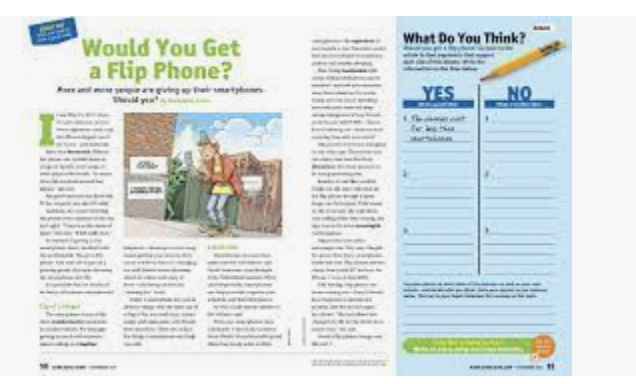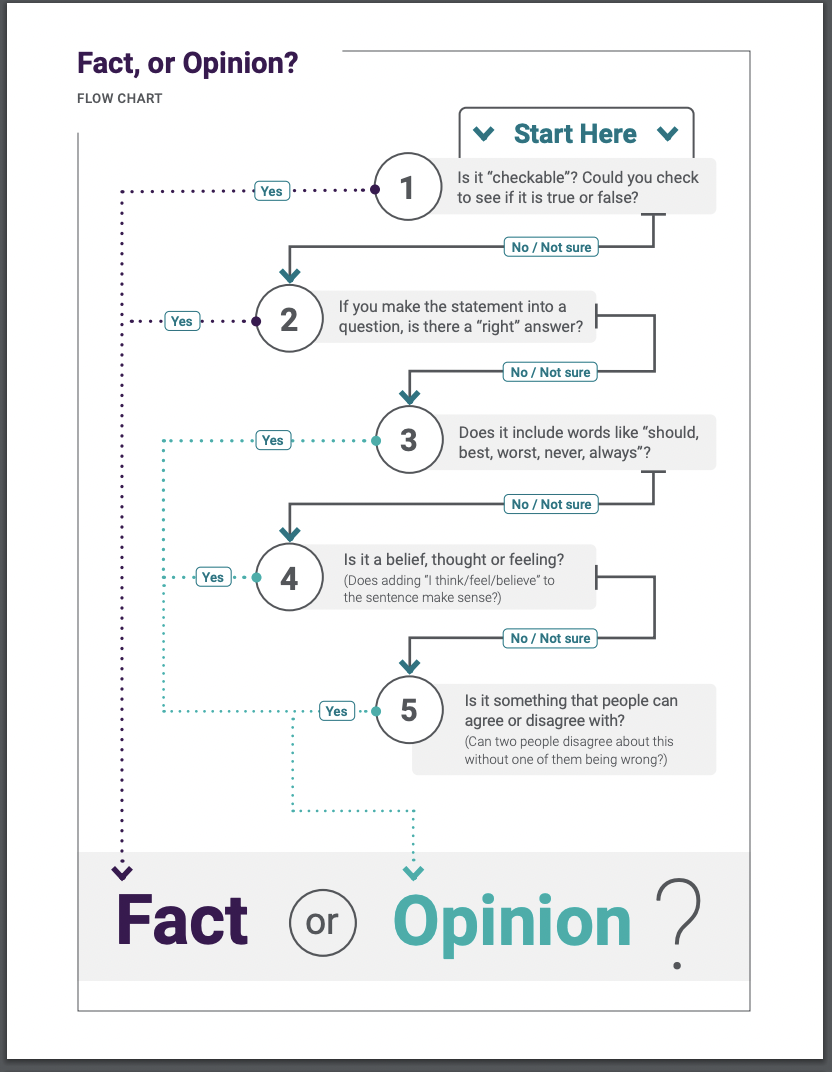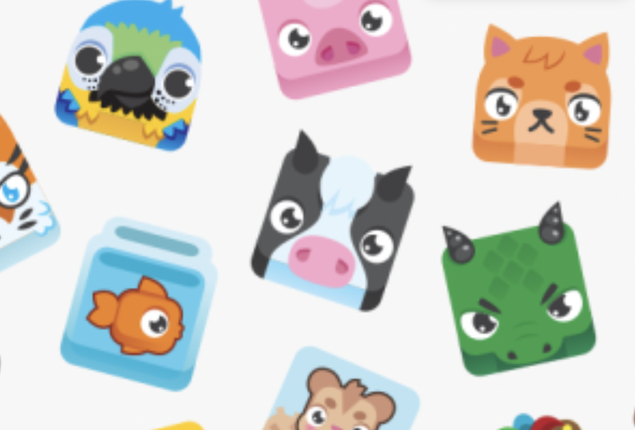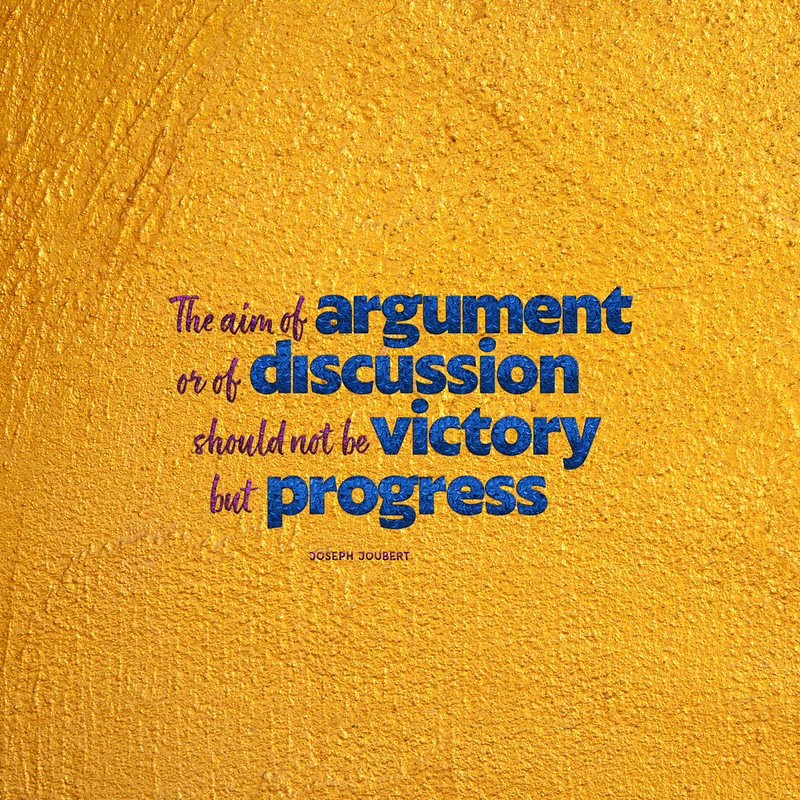🔵 Getting Started
GOAL: Identify the thesis, claims, and supporting evidence presented by the makers of the film
We will begin our unit viewing the Netflix documentary called "The Social Dilemma". During and after viewing we will complete the note-taking page linked below and the Google Form seen below.
I will have paper copies of the note-taking page in class today. A link to the Google Form Exit Ticket will be posted in our Google Classroom when we are finished viewing the film.
If you are absent during the time we view the film in class, I will share a link to the film with you, though that link will only be active for one day.
I will have paper copies of the note-taking page in class today. A link to the Google Form Exit Ticket will be posted in our Google Classroom when we are finished viewing the film.
If you are absent during the time we view the film in class, I will share a link to the film with you, though that link will only be active for one day.
- NOTE-TAKING PAGE: https://docs.google.com/document/d/1kjouZjql28yJYn-l8UmBOPZXi7ac8HiNUeWQLgtGY4s/edit?usp=sharing
- EXIT TICKET: See below. You will get a link to this form in your Google Classroom.
🔴 Next, we read.
Article #1 - The Era of the Celebrity Meal (from the New York Times)
GOAL: Identify topic, main idea, supporting details, and bias
In keeping with the theme of social media, let's read about how fast food restaurants and social media influencers and other celebrities are partnering to sell you their food via social media. In this exercise we are looking for TOPIC, MAIN IDEA, SUPPORTING DETAIL, and BIAS. I will also introduce the idea of a thesis statement, which we will learn more about as we get deeper into this unit. Pay attention as you are reading to the yellow highlighted sections of the text. Ask yourself why the authors of the article spend so much time explaining who the people they are quoting actually are.
NOTE: I will have paper copies of this article in available in class.
NOTE: I will have paper copies of this article in available in class.
Article Set #2 - Various Scope and Scholastic Magazine Debate Pages
GOALS:
1) Identify topic, claims, and supporting evidence.
2) Write a thesis that represents your stance along with a few reasons why.
You will select two topics that interest you from among those represented in this year's various Scholastic or Scope magazines. As you read, identify the topic and title of each article. The title will always be written in the form of a question. As you continue to read, look for and record evidence to supports the claims of both a YES and a NO answer to the debate question.
HERE IS THE LINK TO THE NOTE-TAKING PAGES WE WILL USE FOR THIS ACTIVITY: https://docs.google.com/document/d/1ikHu8S2opj7BYbpR6UkTuJPFSEvFw1MpRtETWbTh-Ok/edit?usp=sharing
👉🏼NOTE: I will have paper copies of this note-taking page available in class, along with multiple copies of various Scope and Scholastic mags, turned to the correct pages, which will look like the one in the image above.
👉🏼NOTE: I will have paper copies of this note-taking page available in class, along with multiple copies of various Scope and Scholastic mags, turned to the correct pages, which will look like the one in the image above.
🛑 Time Out. Let's talk a bit more about a 3-part thesis (based on the Scholastic/Scope articles you read.
Link to Google Form below HERE: forms.gle/2FhERhcm3Vy774XeA
Article Set #3
>>>Argument 1 (From The Washington Post) - Five Ways Social Media Can Be Good For Teens
>>>Argument 2 (From Very Well Family) - 5 Ways Social Media Affects Teen Mental Health
GOAL: Analyzing and comparing two arguments written about the same topic
For this activity, we will return to the topic of social media. Read each of the articles below (paper copies will also be available). As you read analyze the strength of each argument. Remember what we learned about fact-based versus opinion-based information from the News Literacy Project Slideshow posted for you below.
Fact-based information can be checked and verified. Opinion-based information may be based on facts, but it the interpretation of those facts that cannot be verified. However accomplished or intelligent the opinion holder is, opinion-based information is still based on opinion. Now, it is important to note that we may choose to use opinion-based information in our own arguments, especially when our arguments are moral arguments. We just use such information aware of its limitation.
As you read, record your responses on the handout pictured below. Here is a link to that digital handout: https://docs.google.com/document/d/1Ny2_1IqEK0hU2Upxj6miHKZM2RRfwvrAWyHaTwqBTK8/edit?usp=sharing
I will also have paper copies available for you in class.
Fact-based information can be checked and verified. Opinion-based information may be based on facts, but it the interpretation of those facts that cannot be verified. However accomplished or intelligent the opinion holder is, opinion-based information is still based on opinion. Now, it is important to note that we may choose to use opinion-based information in our own arguments, especially when our arguments are moral arguments. We just use such information aware of its limitation.
As you read, record your responses on the handout pictured below. Here is a link to that digital handout: https://docs.google.com/document/d/1Ny2_1IqEK0hU2Upxj6miHKZM2RRfwvrAWyHaTwqBTK8/edit?usp=sharing
I will also have paper copies available for you in class.
News Literacy Project Resources
Slideshow: Fact or Opinion?
>>>For the "Stump the Class" activity click on the Google Form linked here to record your ideas so we can use them to see who stumps us most: https://forms.gle/uPoirK6aUHpbH9NXA
>>>For the "Stump the Class" activity click on the Google Form linked here to record your ideas so we can use them to see who stumps us most: https://forms.gle/uPoirK6aUHpbH9NXA
Fact or Opinion Infographic
COVID-19 Fact or Opinion Sorting Activity
Other Learning Resources
EDPUZZLES - Media Literacy
Link to Edpuzzle 1- What is Fake News: https://youtu.be/V4o0B6IDo50
Link to Edpuzzle 2- 5 Ways to Spot Fake News: https://edpuzzle.com/media/61dd95e7e9218442a76650d2
Link to Edpuzzle 3- Five Ways to Spot Fake News: https://edpuzzle.com/media/61dd975ffa700542e150a3dd
BLOOKET - Fact or Opinion Based? (From Procon.org) |



